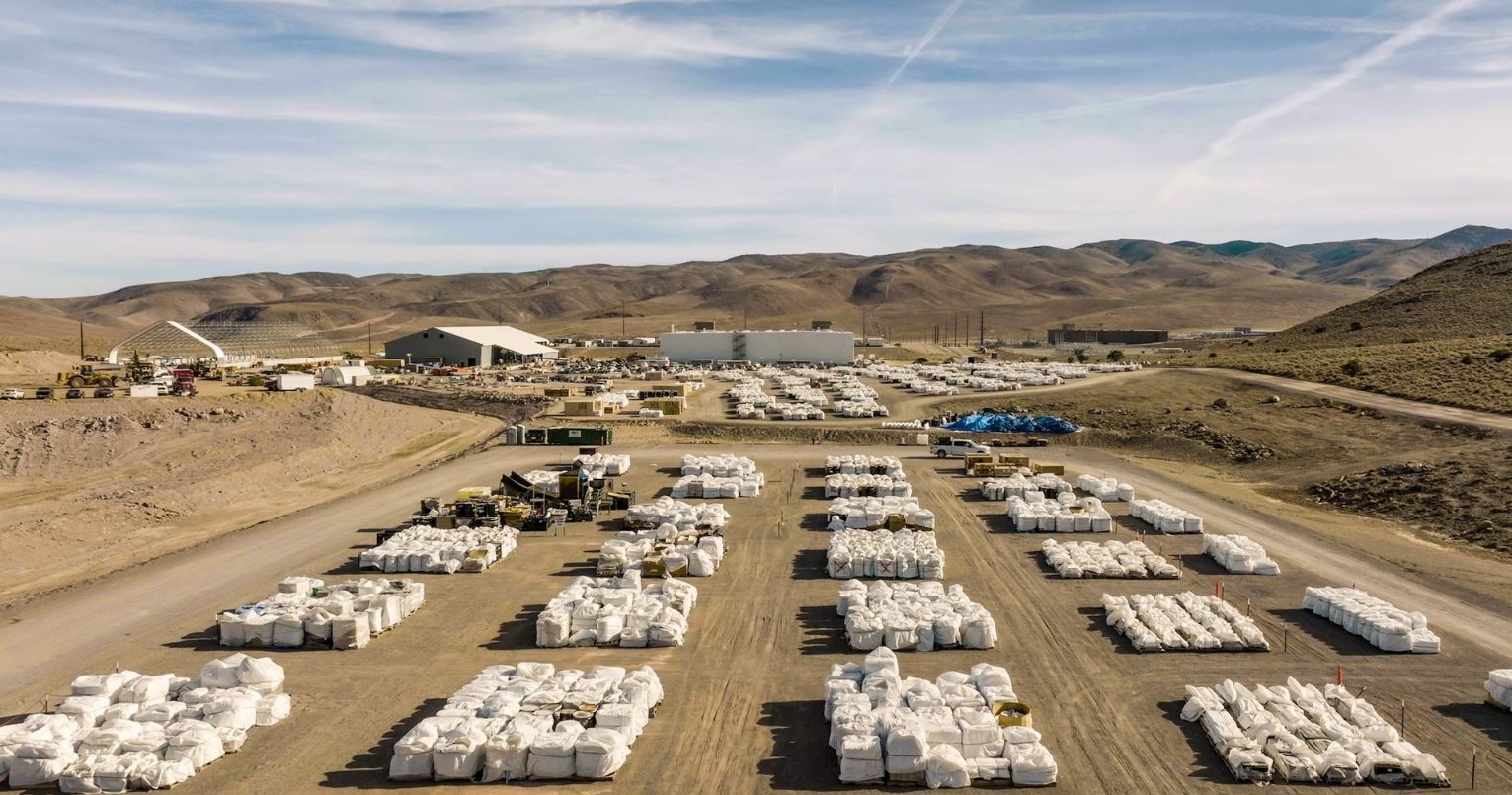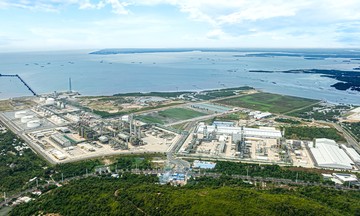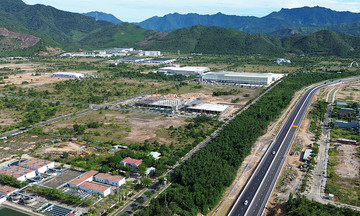The booming demand for AI development is driving a massive increase in electricity consumption, according to CBS News. The US Department of Energy projects that by 2028, data centers could consume up to 12% of the nation's total electricity, triple the current amount. Some states, like Texas, are planning to build over 100 new gas-fired power plants. However, this model generates high emissions and is unsustainable.
In response, many American companies are turning to repurposing used EV batteries as energy storage for AI data centers. This solution offers a two-fold benefit: it addresses battery waste and provides renewable energy for new technology.
In Reno, Nevada, Crusoe operates two AI data centers powered by renewable energy combined with used EV batteries – those with about 80% of their original capacity remaining. The batteries are supplied by Redwood Materials, a company founded by Tesla's former Chief Technology Officer. Redwood collects approximately 20 GWh of batteries annually, equivalent to the batteries from 250,000 electric vehicles.
Redwood engineer Colin Campbell explained that this storage system is simple, requiring no pipelines or pumping systems, making it easy to deploy and cost-effective. "Batteries no longer suitable for vehicles still perform well in static energy storage," he said.
 |
Used EV batteries, covered with white tarps, power two of Crusoe's data centers. Photo: CBS News |
Used EV batteries, covered with white tarps, power two of Crusoe's data centers. Photo: CBS News
Beyond Crusoe, other American companies are pursuing similar models. Repurpose Energy manufactures storage modules from old batteries, housed in 6-meter containers, capable of powering over 100 homes annually. Ascend Elements has developed Hydro-to-Cathode technology, which recovers materials like lithium, cobalt, and nickel with a recovery rate of up to 98%.
Technically, used batteries are suitable for static energy storage systems (ESS) because they don't require the high discharge rates needed in EVs. Companies restructure the battery packs and use battery management systems (BMS) to monitor performance and ensure safe operation.
However, repurposing used batteries requires strict adherence to standards like PTC and UL. BloombergNEF predicts that the trend of ESS from used EV batteries will expand globally in the next decade.
China, the world's largest consumer of electric vehicles, is also entering a phase of managing massive amounts of battery waste. According to the China Energy Storage Alliance, the volume of used automotive batteries in the country could exceed 4 million tons annually by 2028, leading to a battery recycling industry worth over 280 billion CNY (equivalent to 39 billion USD).
While not yet announcing plans to harness this energy for AI, China has dozens of companies specializing in lithium-ion battery recycling, such as GEM and Brunp (a subsidiary of CATL). These companies employ hydrometallurgical technologies to recover materials like lithium, nickel, and cobalt with a recovery rate of over 90%.
 |
A worker at an EV battery recycling plant. Photo: Li-Cycle Corp |
A worker at an EV battery recycling plant. Photo: Li-Cycle Corp
In Vietnam, with the simultaneous development of the electric vehicle market, renewable energy, and AI, these models could serve as strategic suggestions. Experts assess that the potential for EV battery recycling is substantial but still in its early stages. Several companies like VinES and Li-Cycle have begun investing in modern recycling technologies. The potential synergy between AI and renewable energy storage from recycled batteries is also seen as an opportunity for Vietnam to leapfrog and embrace the trend of green energy and carbon neutrality.
Used EV batteries are categorized into three groups based on their "health." : The high-tier group includes batteries retaining 80% capacity, suitable for refurbishment and reuse in bicycles and golf carts. Some EV batteries can be resized for smaller vehicles.
The mid-tier group consists of batteries with 60-80% of their original capacity. These batteries can be repurposed for entirely different applications, such as stationary power storage or uninterruptible power supplies.
The low-tier group includes batteries below 60% of their original capacity. These batteries undergo shredding and refining to recover valuable minerals like lithium-ion, LFP, and LCO for new battery production.
Thai Anh












